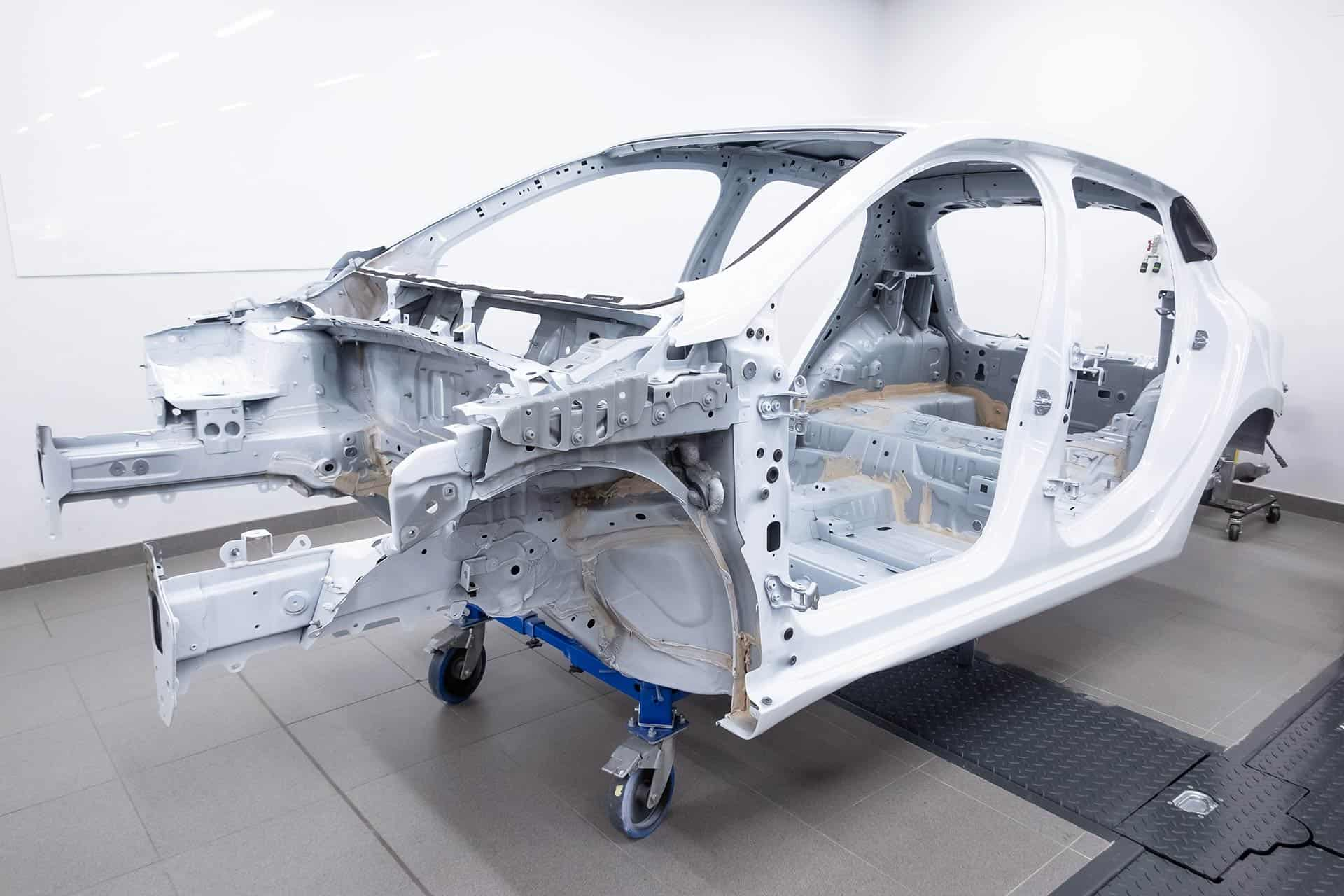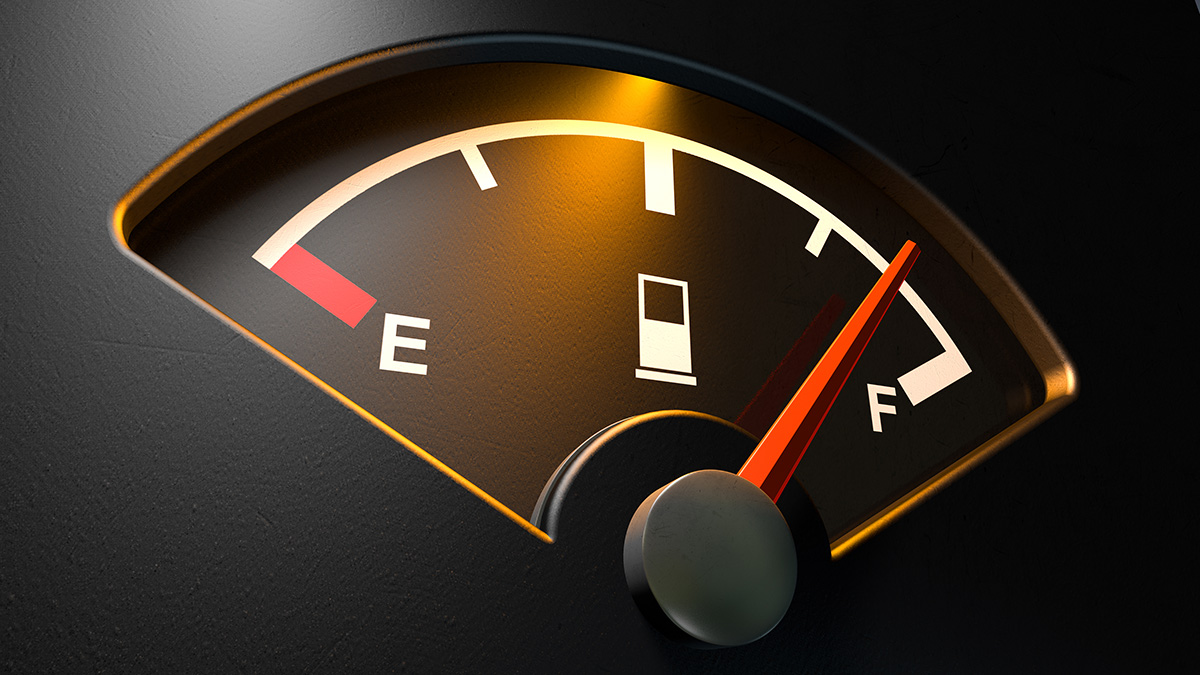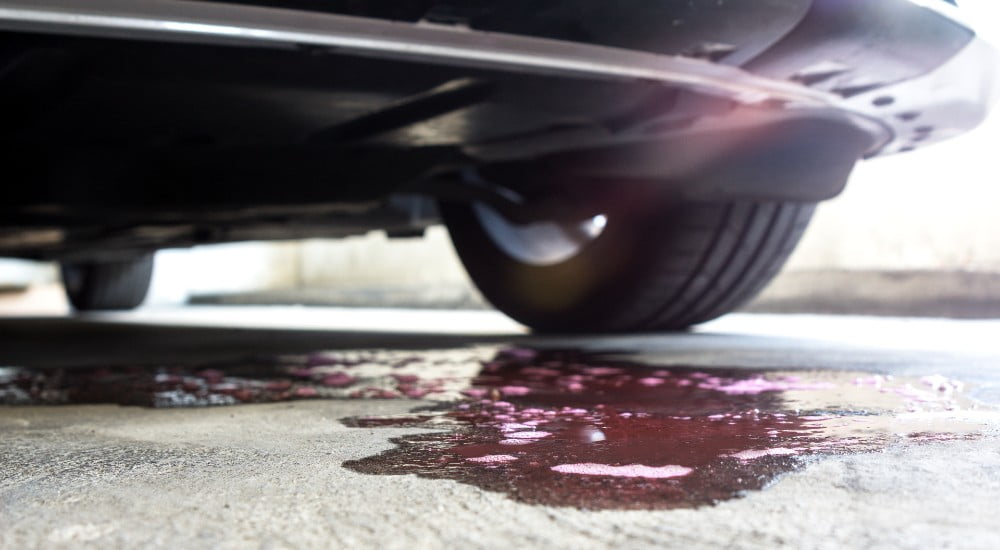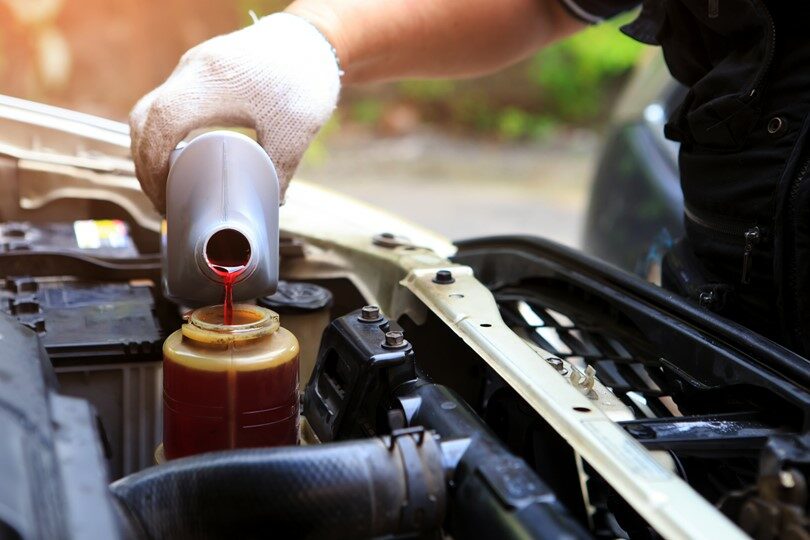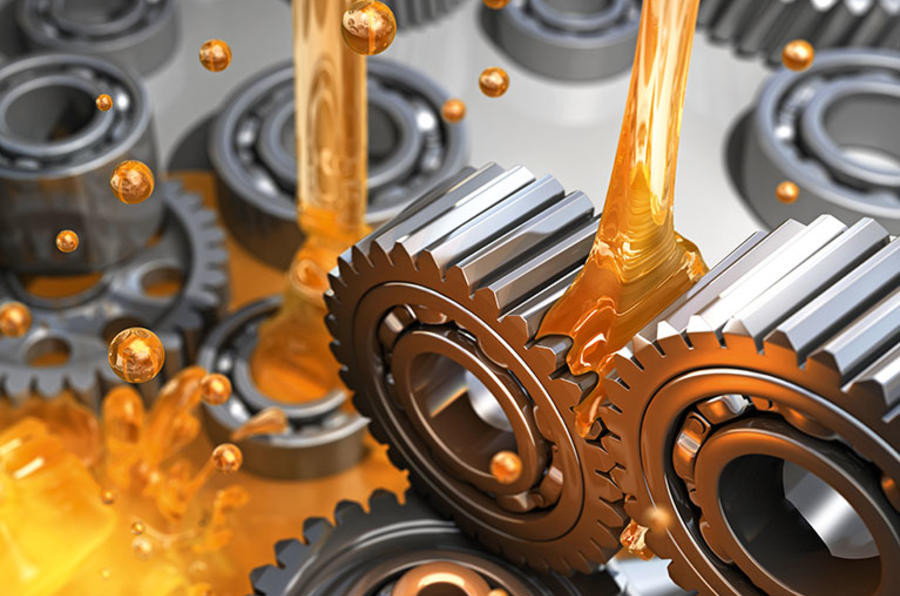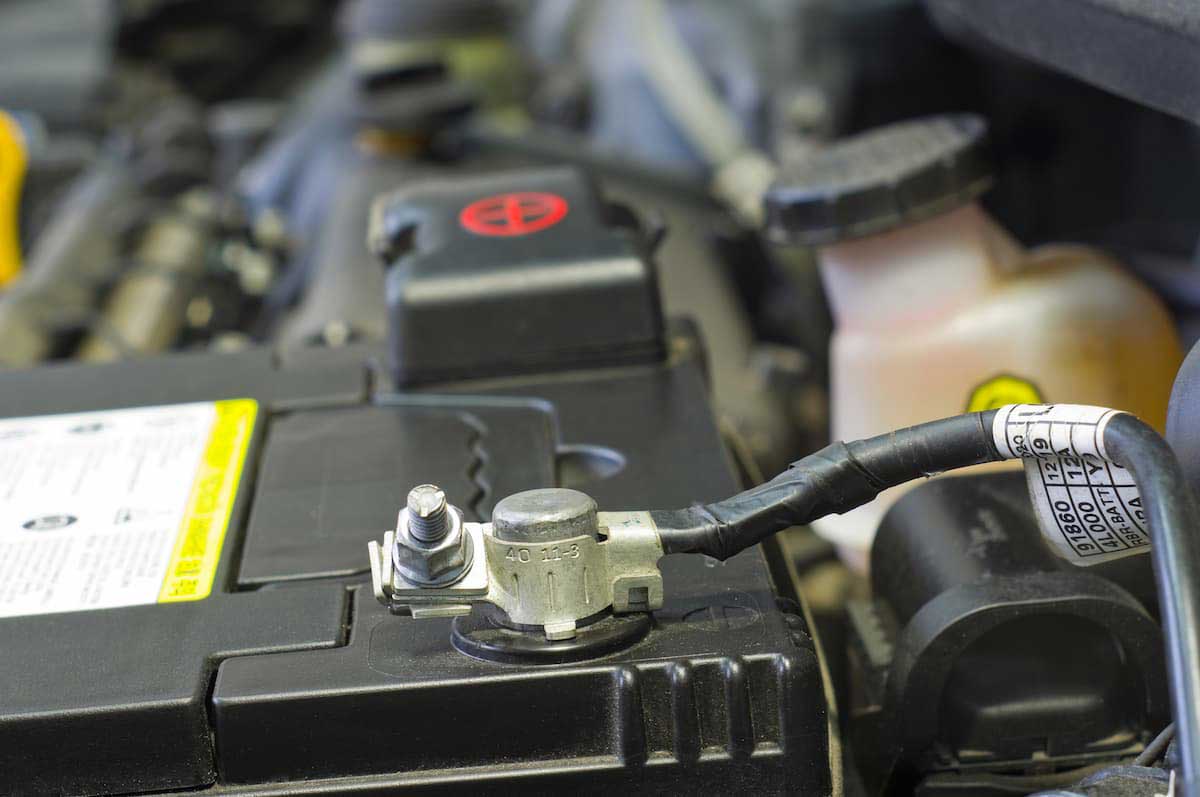Like all fluids in your vehicle, power steering fluid plays an important and specific role in keeping your car operating at peak performance. This fluid is critical for providing the steering system with hydraulic assistance so you can turn your vehicle’s steering wheel easily. It also helps lubricate the power steering pump and the steering components. Power steering fluid even prevents corrosion. Because this fluid serves various purposes, you can see why it’s important to use the right kind.
Where is the power steering fluid located?
When you’re looking for the power steering fluid under the hood, check the passenger side of the vehicle, and you should be able to spot the reservoir. The power steering fluid is usually in a white or yellow container with a black cap labeled “power steering” or “steering fluid.”
How to check power steering fluid
If you hear a whining sound coming from your hood when you turn or if it’s becoming more difficult to turn, your car might be running low on power steering fluid.
Before checking your car’s power steering fluid, warm the engine to a normal operating temperature by turning the steering wheel in one direction until it stops. Next, turn the wheel all the way in the opposite direction. Repeat this process several times, then follow the steps below:
- Turn off the engine.
- Wipe the power steering reservoir and cap clean with a cloth.
- Check the dipstick attached to the reservoir to see the fluid level, then wipe it clean.
- If the fluid level is below the MIN line, add new fluid, careful not to exceed the MAX line.
- Examine the quality of fluid in the reservoir.
What color is the power steering fluid?
Most power steering fluid is red, amber, pink, or clear. If the fluid is lighter, it doesn’t contain any debris and is okay to use. It likely needs to be changed if it’s dark brown or foamy.
What does power steering fluid do ?
Power steering fluid is a hydraulic fluid used in the steering system to decrease the effort required to turn the wheels. It also lubricates the moving parts within the steering system and prevents corrosion in the power steering gear to keep the vehicle working optimally.
How often do I need to replace power steering fluid?
On average, your car needs a power steering fluid flush every 40,000 to 80,000 miles. Your recommended flush routine depends on your vehicle because the steering system and fluid needs vary by car. Check your owner’s manual for specific manufacturer recommendations.
Can you drive without power steering fluid?
When you drive without power steering fluid, you need to exert more force when turning the wheel, and the steering is much heavier. If you wait a long time before filling your car with power steering fluid, damage to the steering pump becomes inevitable. When the pump vanes lack lubrication, the risk of damaging the drive belt increases. The shaft and rack seal can also break down without power steering fluid.
Cons of driving without power steering fluid:
- Noisy steering
- Jerky or jumpy power steering
- Difficulty turning the steering wheel
- Stains or puddles under the vehicle
- Locked steering wheel
Types of power steering fluid
- Automatic transmission fluid (ATF): The same fluid used for automatic transmissions can be used in some power steering systems.
- Synthetic power steering fluid: A fluid usually engineered for specific types of cars or steering systems. Most newer vehicles use synthetic fluid created in a lab.
- Nonsynthetic mineral power steering fluid: Mineral hydraulic fluid may be used in some instances that accept ATF.
Which power steering fluid is right for your car?
No single rule applies when it comes to power steering fluids for cars. Instead, take time to review your owner’s manual, do some online research, or check with your dealership’s service department to ensure that the fluids you’re using are right for your car.
Power steering fluid substitutes
Can you use brake fluid for power steering fluid?
Using brake fluid in the power steering system will damage your car. Both fluids may have been similar in the past, but now they are very different and should only go in their designated systems.
Can you use transmission fluid for power steering fluid?
It gets a little trickier when deciding if you can use automatic transmission fluid instead of power steering fluid. You want to ensure you’ve done your homework on this one before you consider swapping out fluids. While some systems were designed to use automatic transmission fluid, others require that you use only steering wheel fluid.
Before doing car maintenance on your own, check your owner’s manual to see what the car manufacturer recommends. It should specifically state in the manual which fluid to use. Some models require specific fluid types, such as synthetics, so it’s worth taking the time to track down the correct information. If you can’t find your owner’s manual, contact a car mechanic or car dealership and talk to the service department.
Using the wrong type of fluid can cause damage to some seals, plastic, and rubber components inside your vehicle. And, if it doesn’t mix well with the fluid you’re adding it to, it could create an acidic reaction.
Adding power steering fluid isn’t the only important maintenance task to perform on your car. Use this maintenance checklist to keep up with the various time-sensitive checks and changes your vehicle needs to run at its best.

